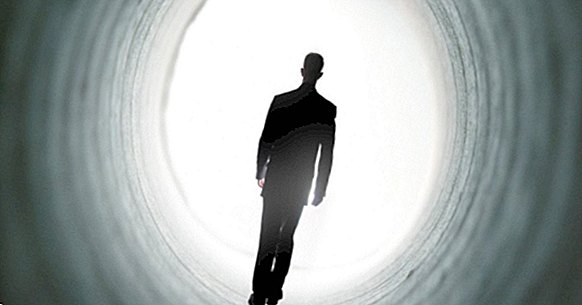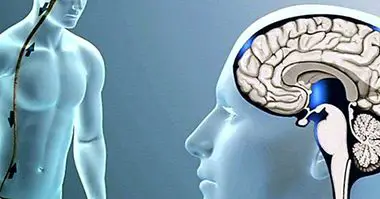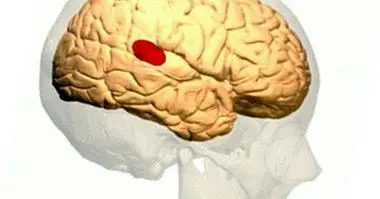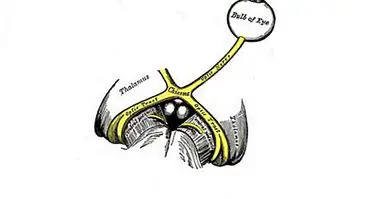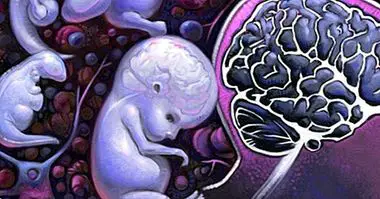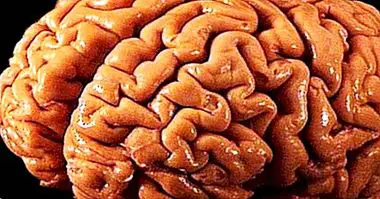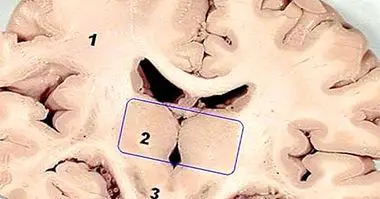Is there life after death? Science proposes these hypotheses
The human being and living beings in general are subject to a continuous cycle of life and death. We are born, we grow, we reproduce and we die. Our existence is, in principle, something ephemeral. But is this really the case?
Numerous religious beliefs and philosophies propose that death does not exist as the disappearance of the organism, but that we reincarnate or that a part of us (be it the soul or the conscience) transcends or reincarnates.
What does science think? Is there life after death? In this article, we will explore the different hypotheses established by science.
- Maybe you're interested: "The role of Psychology in irreversible processes: 5 attitudes to death"
The concept of death
In general, in Western culture and from a scientific point of view, death is conceived as the end of life. The organism stops being able to perform its basic functions, losing its homeostasis or state of equilibrium and causing the heart to stop beating and pump blood , stop breathing and the brain stops working and record electrical activity. In this sense we must bear in mind that it is considered that the real death is the brain, that is to say the one that supposes that the brain ceases its activity, since other functions functions can be taken artificially. But this death is not a sudden moment, but a more or less prolonged process in which the organism is extinguished.
That dying supposes that our organism stops functioning as it was until then by itself is something shared by most traditions, beliefs and scientific studies. However, it is from this point that the debate begins. Our body has stopped working and we have finally died. What does this mean? There is no way back? Is something happening later?
- Related article: "The duel: facing the loss of a loved one"
Scientific hypothesis about life after death
Before starting to comment and debate about whether or not there is life after death, it should be borne in mind that although it may seem universal, death can be understood from different perspectives . For example, in the event that life existed after it, it would cease to be something final and finalist to become a kind of bordering on the next phase of existence. Otherwise, we would be talking about the end of being, of existence, and of the progressive decomposition of what we once were.
That said, let's look at some of the different hypotheses and theories based on arguments (although in many cases they are considered pseudoscientific or biased by the scientific community) regarding the existence of a possible life after death .
- Maybe you're interested: "What is brain death? Is it irreversible?"
Near death experiences: the core of theories that suppose the existence of a life after death
Many of the hypotheses referring to the existence of life after death arise from the study and analysis of near-death experiences: situations in which a subject has been clinically dead (brain function included) for a short period of time but which has finally been revived by different techniques. Especially known is the study carried out by the University of Southampton in this regard, which began in 2008 and whose results were published in 2014.
The study reflected a large number of cases of Near-death experiences in patients with cardiac arrest who were clinically dead but who finally got revived. In many of these experiences and after having managed to recover the patient, it seems to reflect that he has maintained a thread of consciousness throughout the process that causes him to even be able to relate what was happening in the room during the period when he was clinically dead. They also refer sensations of floating, of seeing themselves from outside the body (and it is from this situation from which they usually describe what happened while they were dead), feeling of slowness of time and peace. In some cases they also report having entered a tunnel of light.
Keep in mind that it is true that the brain can remain alive for a short time after the cessation of breathing and cardiac activity: our awareness and perception is not abruptly deactivated, which could cause that although our constants were incompatible with life we still possessed a few seconds or even minutes of consciousness . But the studies carried out by the University of Southampton indicate that in many of the near-death experiences the brain had no activity during the period in question and that the descriptions offered by the patients were very precise when describing the objects and situations that occurred during his death.
Another experiment of the same type has been carried out at the Technische Universität in Berlin, with believers and atheists who have been resurrected after being clinically dead and whose experiences reflect patterns similar to those previously described. This type of theories are some of the most important and of those that have had the greatest support, reaching conclusions in the UN.
- Related article: "The button that connects and disconnects the conscience"
Biocentrism: quantum hypothesis
Another of the scientific hypotheses that consider the possibility of life after death is, according to Robert Lanza, biocentrism, which is based on quantum physics . In fact, he considers that death is only a product of consciousness, an illusion. This theory implies that it is not the universe that forms life but the opposite, that life generates what we consider reality. It is our conscience that shapes what we consider to be the world, including death itself. Also space and time.
To support this theory the author takes into account the results of double-slit experiments , which show that a particle can behave both as a particle and as a wave depending on how it is observed. Also part of aspects such as visual perception, which can change if the recipients dedicated to it are altered.
The aforementioned author takes into account the physical theory of the possible existence of multiple universes. Theoretically, our death could suppose the journey of our consciousness to another dimension or universe. Life is considered a continuous thing that is not possible to leave.
Theory of Orchestrated Objective Reduction
This theory also starts from quantum physics to consider that consciousness is nothing more than quantum information programmed biologically in microtubules inside neurons. After the death said information only returns to the universe . This theory has also been used to try to explain the visions that some people seem to have in near-death experiences.
The equation of Yuri Bérland
Yuri Bérland is a Russian student who has created a mathematical equation in which starting from the consideration of life as information and being linked with time, offers a constant result. This could indicate, according to said student, that mathematically it is possible to consider life as something constant and that therefore it does not have an end, although it is a hypothesis that has not yet been published .
Hypothesis contrary to the existence of life after death
A large majority of the scientific community believes that death is the end, there is no evidence of the existence of anything beyond it. The neuroanatomic substrate that allows consciousness is the brain , which implies that after the cessation of its activity it also stops working.
It is also proposed that the experiences close to death and the sensations manifested by those who suffer are normal and expected as a result of the biological changes produced at the time of death: alterations in the temporal cause effects very similar to those cited, the vision of light or a tunnel would be associated with the narrowing of consciousness and pupil dilation of a person in his last moments and the capture of details may be due to the persistence of brain functioning for a few seconds while the organism stops working.
Bibliographic references:
- Lanza, R. and Berman, B. (2012), Biocentrism: life and consciousness as keys to understanding the nature of the universe. Sirius Publishing
- Parnia, S. et al. (2014). Awareness during resuscitation. A prospective study. Resuscitation, 85 (12); 1799-1805. Elsevier
- Penrose, R & Hameroff, S. (2011). Consciousness in the Universe: Neuroscience, Quantum Space-Time Geometry and Orch OR Theory. Journal of Cosmology, 14.

